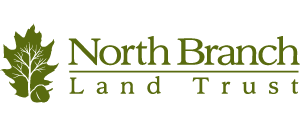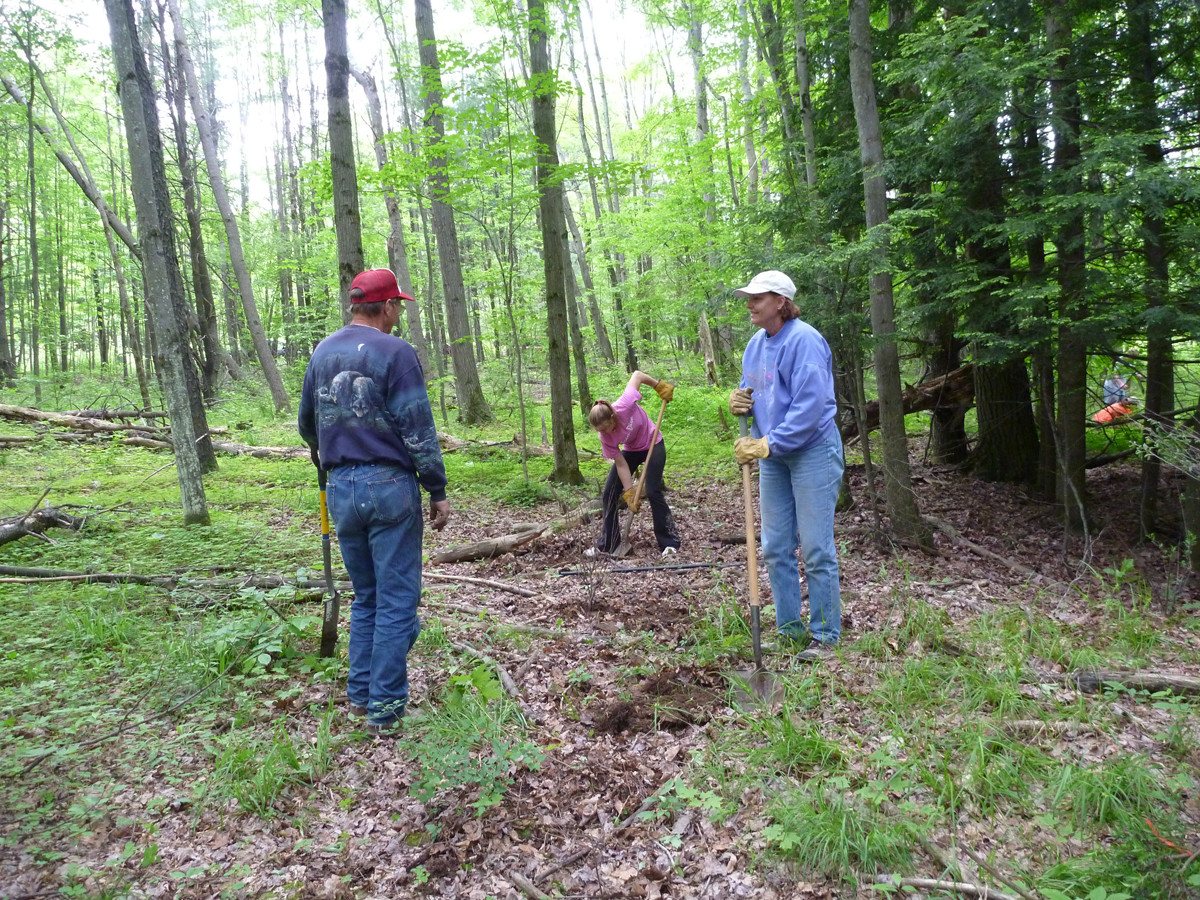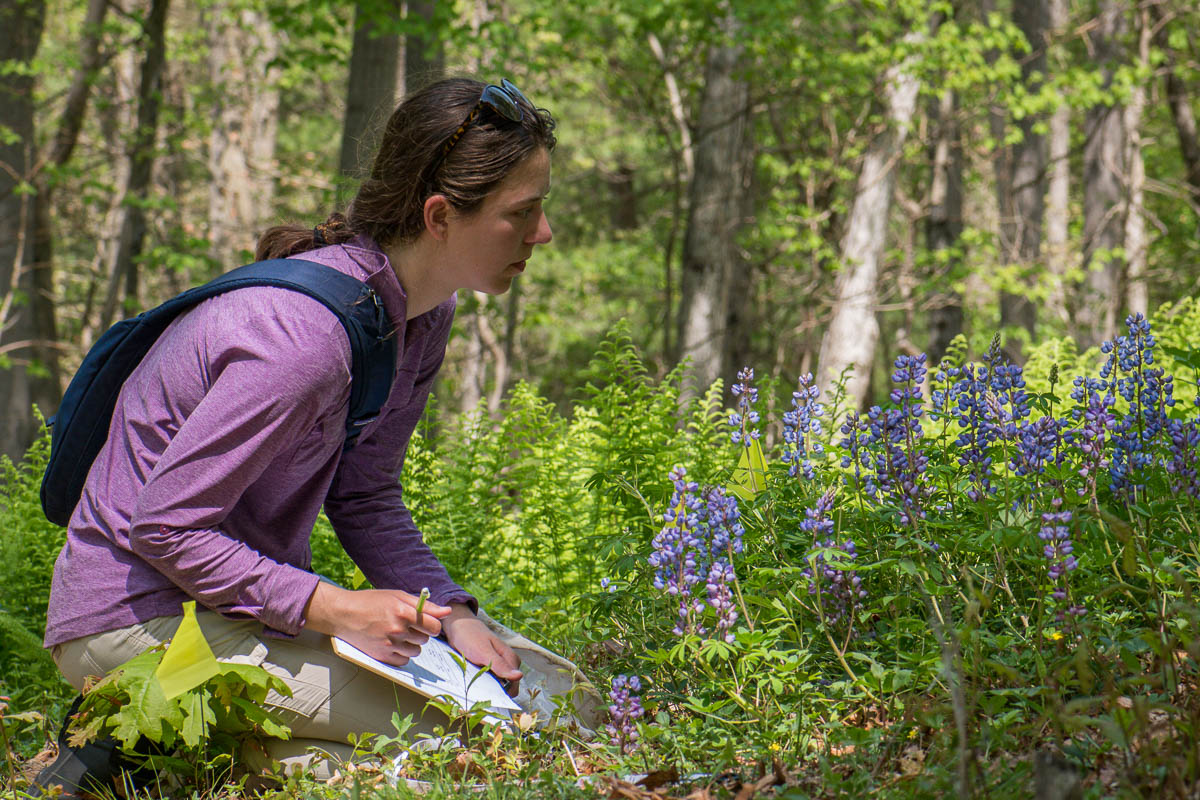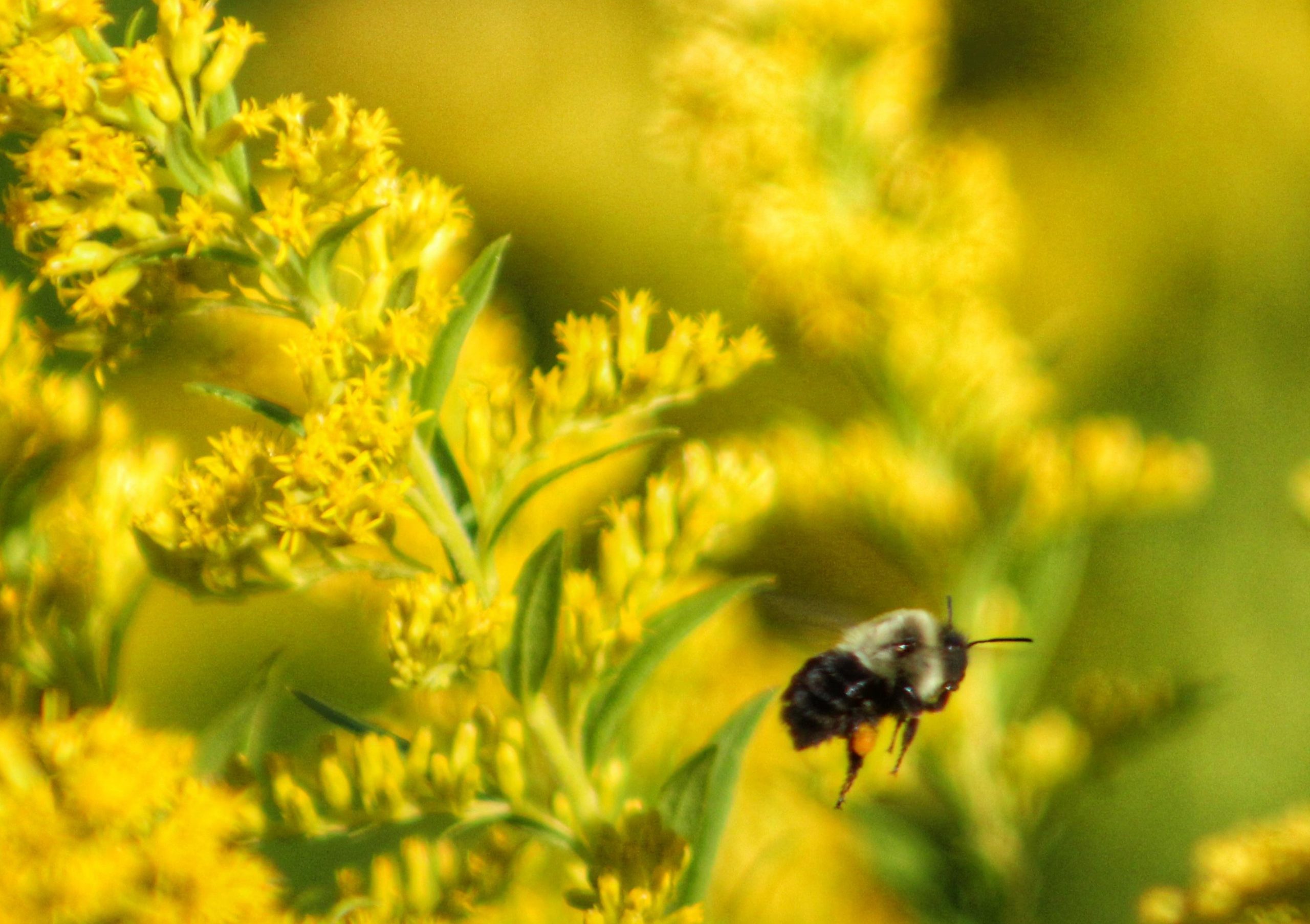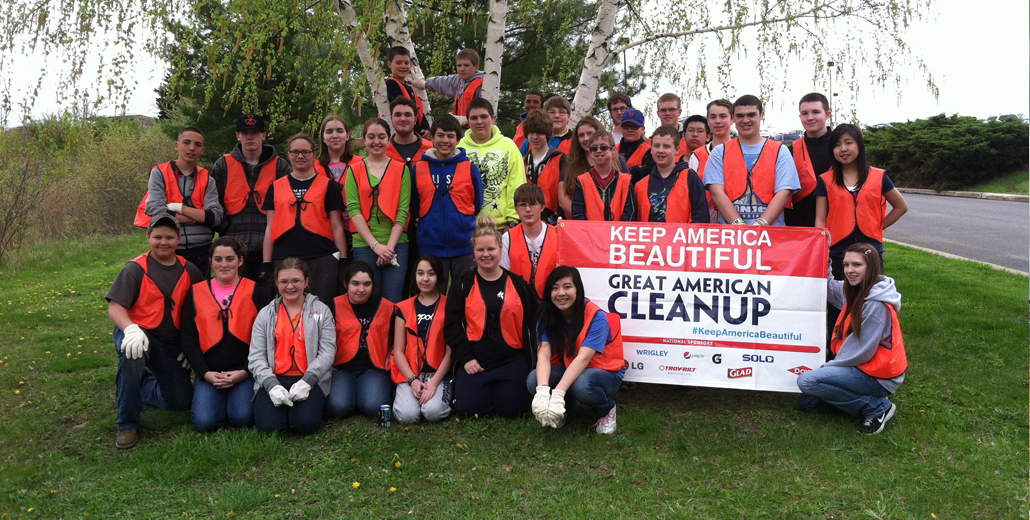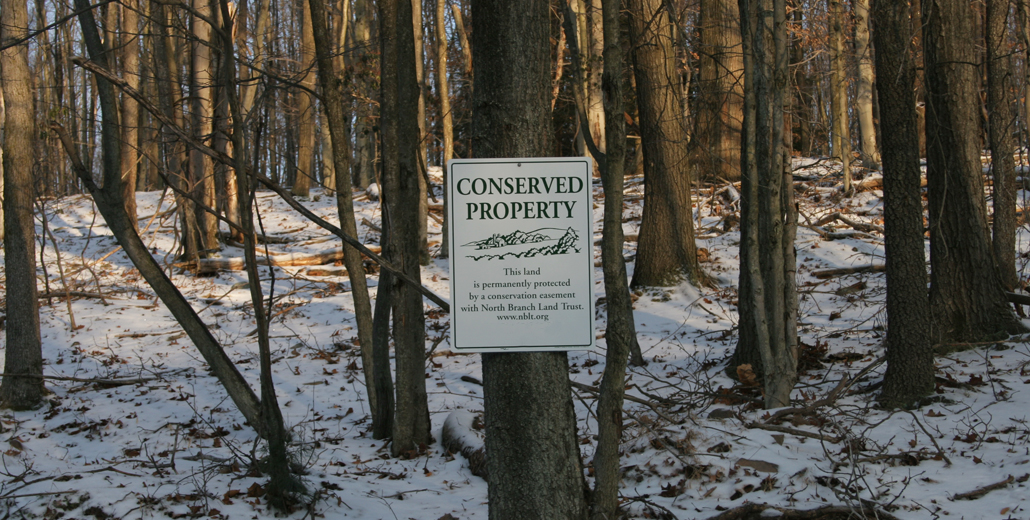Conservation Easement Stewardship
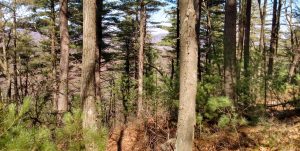
Stewardship is a joint endeavor between landowner and land trust. After a landowner enters a conservation easement, stewardship goals for the landowner and the Land Trust aim to ensure that the terms of the easement and the conservation value of the land are upheld.
As part of the stewardship plan, the Land Trust creates a baseline report which highlights the property’s conservation values at the time the easement was signed. The Land Trust will also monitor the property once a year to ensure the terms of the conservation easement and the conservation values are protected.

Fee Land Stewardship
Stewardship of land trust-owned properties begins with thoughtful planning — a process that starts before the land is acquired. Some questions to answer include: How does this land fit into the Land Trust’s conservation mission? What conservation values are found on the property, and can the Land Trust adequately protect them? What activities can take place on the property? What will it cost to steward the property over time? This process culminates in a land management plan to guide stewardship activities on the property. Like a conservation easement, the Land Trust will monitor its own property at least annually to ensure that the terms of the stewardship and land management plan are being upheld. Check out NBLT’s Preserves and Sanctuaries here!
Funding for Stewardship
The cost of perpetual stewardship of both privately owned conservation easements and NBLT Preserves and Sanctuaries are often the Land Trust’s largest expense. In both instances, the Land Trust must ensure that it has enough revenue to properly steward the protected lands. To do this, we utilize the National Land Trust Alliance Stewardship Calculator to determine the amount of funds needed. If the stewardship funds cannot be raised, the Land Trust should, unfortunately, reject said conservation easement or property ownership.
For conservation easements, landowners make stewardship contributions based on the Stewardship Calculator when they donate an easement. For properties the Land Trust is considering for ownership, funds must be made available or raised to cover the stewardship costs.
Land Trusts invest stewardship contributions in a dedicated fund. The best-case scenario is to set aside enough money to pay for annual stewardship costs from the interest earned while allowing the principal to grow enough to keep up with inflation. Some land trusts use two dedicated funds for stewardship — one for routine monitoring activities and another for legal defense.
